Beyond Chemistry
One of the most beautiful sights that anyone can enjoy is to view a leaf of an essential oil bearing plant through a microscope. Microscopy opens up a wonderful view of a hidden world that is overlooked by our limited vision. Microscopy reveals a new world and to see the tiny glistening droplets always provides me with a child like wonder and excitement. Additionally the stunning micrograph made by Andrew Syred and featured in the book “Secretory Structures of Aromatic and Medicinal Plants” are not only stunning but truly amazing. The accompanying text by the Svoboda’s makes clear how little we know of the world around us. Micrographs reveal a lunar landscape in greens, reds, purples. One almost expects little green men to pop out from somewhere. The glands look like flying saucers in some forest more akin to Tolkien than real life. But that’s what we are looking at and so often overlooked in our technological world – we are looking at life not machines.
Such micrographs may engender in us that child like sense of wonder that can take us in a quantum leap into a better appreciation of our association with plants than any sterile analysis. That does not mean that analysis is not useful but rather highlights the vibrancy of the living beings and fellow travellers on our planet earth.
At a recent lecture on Aromacosmetology® that I gave in Central Europe the old chestnut of science versus nature and analysis versus botany was once again aired. In debate, the class concluded that education per se these days gave more attention to technology than classical interests and that commerce drove most things. Commerce means that someone somewhere is trying to sell you something, even if you can’t see what it is or don’t need it! The class conclusion was that education isn’t much different and that in some countries educational values are subsumed in the cause of economic growth.
This can have surprising effects. Commerce clearly drives It runs across the whole of the “natural” industry and serves the idea that “natural” comes in many forms, food, supplements, medicines, cosmetics, toiletries, fabrics and so one. Undoubtedly there has been a desire by people to want more natural material but as I have commented on before, there is no definition of natural just as there is no accurate definition of aromatherapy. This has left the consumer, whether professional therapist or not, in a very disadvantaged position. Such matters are rarely addressed by the so called watch dogs, many of which employ professionals as research assistants, investigators or administrators. These may have an enthusiasm for natural but few seem to have followed through on the definitions or studied the ecological issues which in many ways cannot be divorced from political realities.
Such is the case with essential oils. A few years ago the educational base was driven by students in their mid thirties but with the popularity of aromatherapy the student base, especially in further education colleges, secondary education colleges etc, has reduced to a 16 to 25 age group. This present intake of enthusiasts are increasingly being spoon fed on chemistry rather than botany or ecology. Such students become victim like for commerce and technology which have their own very fixed ideas on what is natural. Of course not everyone is a victim but the examination system by definition trains to an orthodox view. Orthodoxy today is manipulative of nature not co-operation.
Simple facts should tell us that nature is finite, crops are subject to climatic change, harvest yields go up and down. This is all bad news to the mass marketeers and global distributors. It applies to essential oils as much as it does to food. We no longer eat vegetables and fruit in season but expect them to be available all year round and give little thought to where they come from or how they reached us. I am writing this article in November. As I drove home recently through the English countryside from London I noticed that the drilling of winter crops was already taking place on soil that only a few weeks earlier been harvested of its second or third crop. It’s hardly surprising that industrial agriculture leads to soil exhaustion and that the solution in technological terms, is to pump more chemicals in to the soil to produce more product that is more standard. In effect the soil becomes a substrate for weakling crops that are determined by man, not by God or nature. Similarly it takes say 7 tons of fresh material to produce one kilo of say essential oil of Melissa – the product is finite and it’s not going to be cheap unless chemically modified.
Behind this lies the spectre of GM material that bridges gaps that nature has decided are barriers. Again this as much bears on essential oils as any other crop. Sometimes we forget that the grower is growing the herb and that the herb itself has its “actives” extracted by different processes into an end product which could end up as a tincture rather than an essential oil. Quality begins with the plant, the soil.
I was worked as a consultant for Life Tree back in the late 80s. They became very excited when they learned that an essential oil might have something like a fingerprint. At a first glance this sounds very good and very useful. For practical purposes this fingerprint is a useful tool. The gas chromatograph trace is indeed very valuable but it can be looked at in two ways. The first way is to look for material that has been tampered with – one looks for material that shouldn’t be there. It’s a tool for checking out if someone has been extending the oil with an adulterant that can be natural or synthetic. For a company that is buying material that is “off the market” this a very practical thing, it seems a very practical proposition. This also suggests that such a need demonstrates that most essential oil suppliers are a long way from the source of their product. If they were at the real source, i.e. the grower and distiller, they would naturally know the crop and have clear traceability so the few companies that are very close to their supply lines don’t need a GLC to tell them whether the product is adulterated because they already know that it isn’t! So they may look at this valuable analytical tool in a quite different way. They may use the GLC analysis to see what chemical components are predominant within the product to assess its characteristics. It may be that one specific chemotype is involved. It may be that they are looking for verbenone or linalol in Rosemary and Thyme and a GLC analysis serves as a check that the plant has indeed given what has been expected.
Sometimes analysis is given purely for marketing purposes – this is sometimes true in aromatherapy where rather crude analyses are offered quite cheaply and then presented as some reference point to the therapists themselves. These quick references are rarely of true value to the therapist as most can’t read them but they do offer some form of visible guarantee that the supplying company has made some effort to check out their supply lines. This quick guarantee route is much simpler than trying to establish in the mind of the therapist the value of nature, the value of soil, the value of climate, the value of the plant itself, the value of life, the value of what is presented in those wonderful micrographs or microscopic views.
Another value to the GLC or analytical tool is the blending of oils or the blending of one component of one oil to another. It is used to reverse the above – to allow industry to construct or reconstruct an essential oil. To do this you need an industrial standard, a fixed average at which to aim. This is very much in line with the standardisation and industrialisation of the essential oil business. Once the standard is established it can be readily seen that it is possible to take a little bit of this essential oil chemical from this or that plant and add it to another plant to boost a particular component. Sometimes as we all know synthetic chemicals are used to bring a poor oil up to standard. These blends and mixers are sold on to the unsuspecting buyers as natural essential oils, which they are in a way but is this what the student or the consumer really expected? Of course they are much cheaper than their more classical cousins which come from known sources, single sources and from simple distillation. Such industrial oils have been blended to a standard or rectified for a particular industry and really have little in common with the live plant or herb from which most of their components or some of their components were originally drawn.
Many therapists speak in terms of vital force or life energy but this seems a little far fetched when talking about cheap industrial oils. The “spirit” of the oil is more likely to be ethanol or alcohol which has been used as a crude additive to what we can only describe now as a chemical soup! Unfortunately these oils are all that some budding therapists experience as many tutors give little direction about essential oil quality these days. Dr Brian Lawrence, the world’s leading expert on analysis, has a series of reference books based upon his reprints from the Perfumer and Plagiarist, written over the years. This makes fascinating reading about the variations in essential oils and their componency. In a way they become a commentary on the use of the GLC and its sister the mass spectrometer. They show how variable nature is, a better phrase is “how biodiverse the plant kingdom is”.
Standardisation runs across the whole spectrum of natural materials and the whole process is referred to as quality standards. As I explained above, these standards have had value but can be misleading in themselves. Other terms that the professional or lay person will come across when considering “naturals” refer to different analytical methods. There is TLC – not Tender Loving Care but Thin Layer Chromatography. This analytical method allows various ingredients or components to separate, thus enabling the identification of the extract’s components. Essential oils have been studies in this way. The so called thin layer is the support strata, perhaps silica. A sample is placed on a surface which is soaked in a solvent. The migration of the solvent on the plate causes the separation of different compounds.
Densitometry assesses the concentration of actives or components on TLC plates. The measurement is done by the absorbance of UV rays which separate out the difference chemical components of the extract. Cousin of the Gas Chromatograph is the High Performance Liquid Chromatograph, commonly called HPLC. Various components are separated in a column and their concentration is then measured against a known control substance. It is like the GLC in requiring a knowledge of what the measurement or trace means. There are many, many components that are unidentified in plant materials, both volatile and non volatile. We don’t know what they are and therefore cannot speak of their value. They cannot be taken into any standard, they remain traces of the unknown.
Sometimes you come across the phrase UV Spectroscopy. This is a simple and reflective method of whether an extract has any active components in it at all. Extracts require a solvent – it could be water, alcohol, a glycol or oil but the extract is only as good as first the plant that went into it and second the time that the extract was allowed to be macerated or steeped. A simple illustration is a tea bag put into a cup of water. You could just dunk it and call it an extract or you can allow the tea to stew. This illustrates also the difference between a cheap extract and an expensive one. You simply have to ask the question “do you want it to work or not”.
The fully trained aromatherapist these days uses a variety of aromatic and plant extracts beyond the simple essential oils and vegetable oils. When examining extraction methods these are not so simple as people seem to think. Extraction technology is diverse and varies significantly. Add to these absolutes whose processes vary company by company, herbal oils, plant milks, base materials. These days the aromatherapist is served by a bewildering array of technology behind the scenes that courses seem to gloss and “pop” books briefly mention as though there is only one way to do things. Methods differ factory by factory.
This discussion takes us a far cry from the wonder of nature with which this article began and highlights the way that technology has taken over our thinking, given that we allow our nose to be dictated to by a machine or our eyes to be focussed upon a label rather than our touch. It is almost like the supermarket syndrome where everything has to be just perfect visually in presentation. Never mind the taste, aroma or food value.
I like to look a little beyond chemistry. If we say that chemistry begins at the molecular level, we can also look at the sub molecular level. Here we enter the world of aroma physics rather than aroma chemistry. This subject has been my passion for many years and grew out of my interest in the sensory tests for quality. Colour changes with the age of the essential oils, the characteristic odour of each essential oil and even the taste of the essential oil but there are other things that interested me. For example the pH factor, the Redox potential or whether there is an electron negative or electron positive effect and the resistance factor displaying the electrical resistance to a current which a solution or component displays.
There are many ways of looking at essential oils, all of which have relative benefit but there is no better way of knowing the quality than by using them, by getting to know the plant, by feeling the freshness, the indefinable from rubbing leaves or crushing leaves in your hand and then comparing them with the essential oil. It is not just a question of analysis and chemical componency, it is also a question of what you feel, which is something to do with our sense of smell. There is a distinct difference which is difficult to describe just as physical beauty is difficult to describe.
Everyone is trying to sell you something and the quality of essential oils is a study in itself. A number of schools around the world have taken me as their guest lecturer on this subject and I have been enquiring into this subject for almost 20 years and still have so much to learn. I still marvel not only at what I see but what I smell and above all, what I feel. It is truly the wonder of nature and of aromatherapy which too still remains undefined.

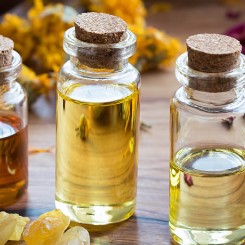 Essential Oils
Essential Oils
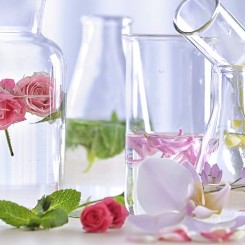 Hydrolats, Hydrosols, Floral Waters
Hydrolats, Hydrosols, Floral Waters
 Synergies
Synergies
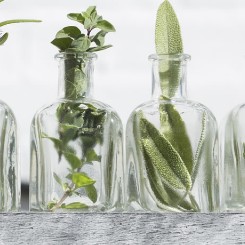 Herbal Oils
Herbal Oils
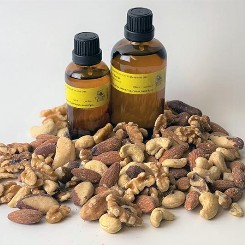 Vegetable Oils
Vegetable Oils
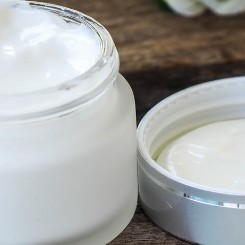 Bases
Bases
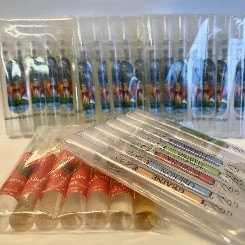 Books, Kits and Trial Packs
Books, Kits and Trial Packs
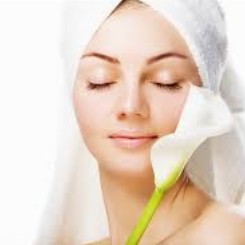 Skincare
Skincare
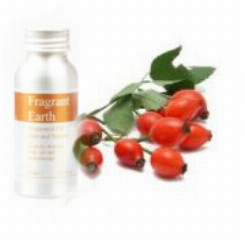 Body Care Oils
Body Care Oils
 Hair Care
Hair Care
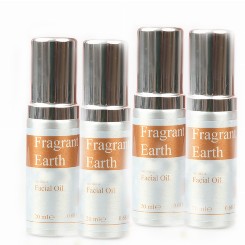 Facial Oils
Facial Oils
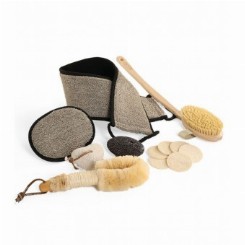 Eco Bath
Eco Bath
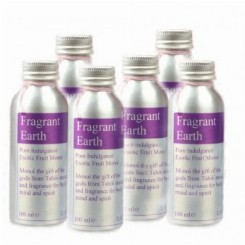 Pure Indulgence
Pure Indulgence
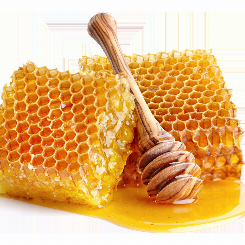 Honey, Beeswax & Propolis
Honey, Beeswax & Propolis
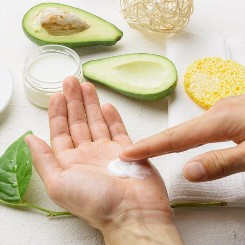 Handcream
Handcream
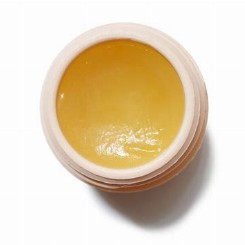 Balms, Salves & Ointments
Balms, Salves & Ointments
 Oral Care
Oral Care
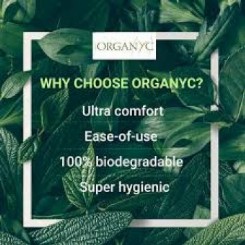 Feminine Hygiene
Feminine Hygiene
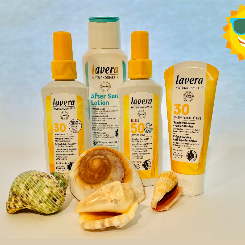 Sun Care
Sun Care
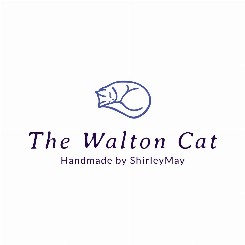 The Walton Cat
The Walton Cat
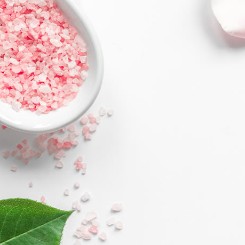 Bath Salts
Bath Salts
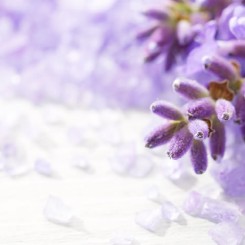 Somerset Lavender
Somerset Lavender
 Diffusers
Diffusers
 Candles
Candles
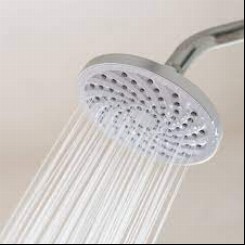 Shower Gel
Shower Gel
 Soap
Soap
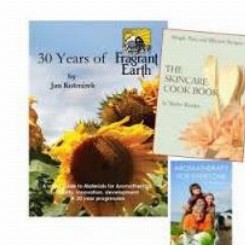 Books
Books
-245x-245x.jpg) Aromatic Waters
Aromatic Waters
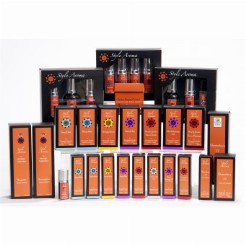 Style Aroma
Style Aroma
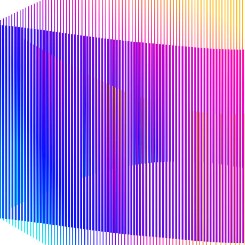 Synergy Blends
Synergy Blends
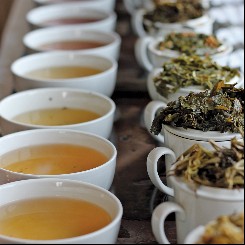 Miles Speciality Teas & Coffees
Miles Speciality Teas & Coffees
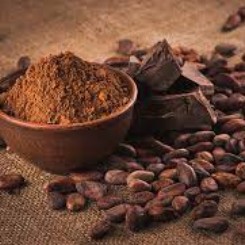 Chocolate one of life's passions
Chocolate one of life's passions